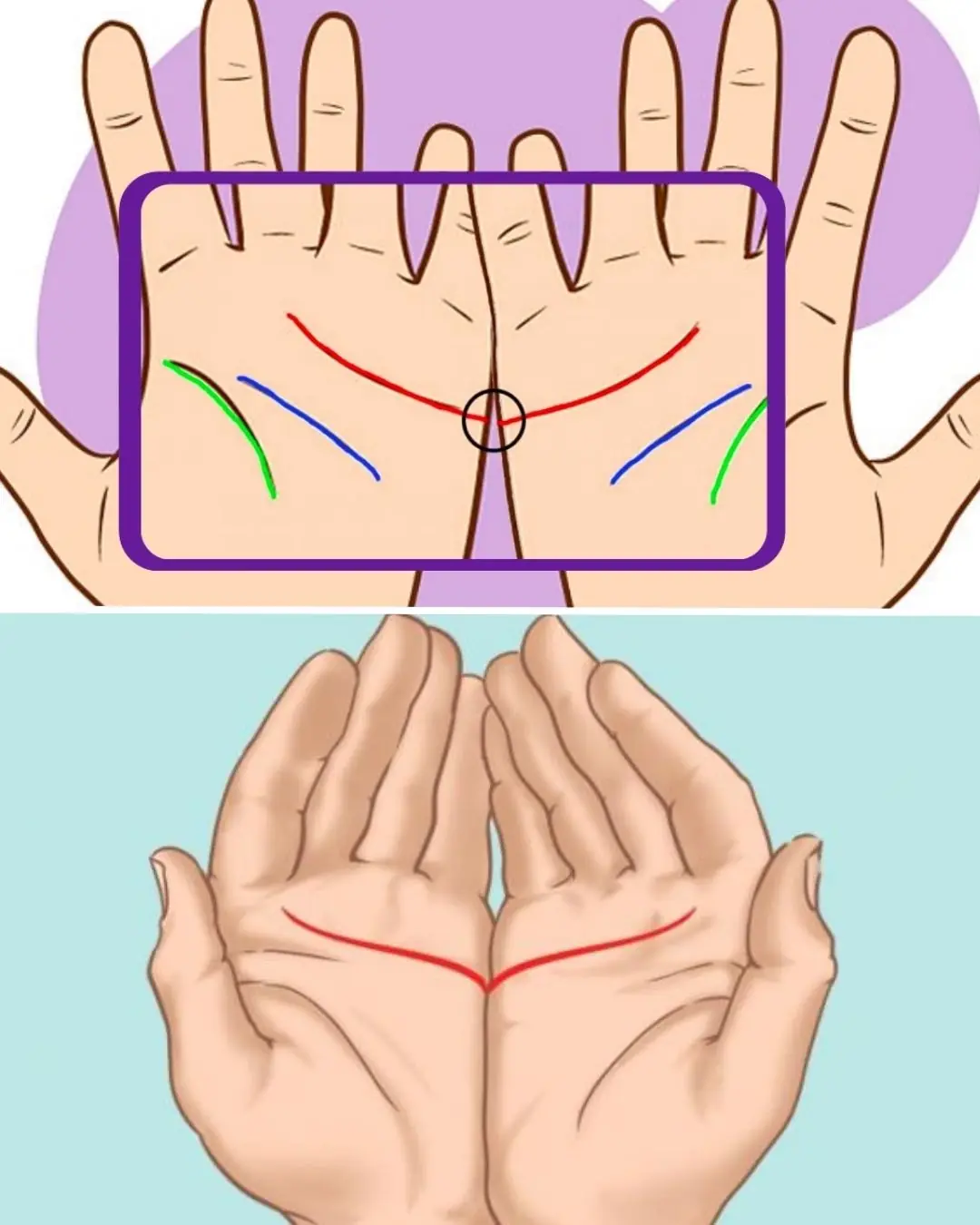
NASA crew begins gruelling training for monumental mission that's not been done in 50 years

The space industry has made tremendous strides over the last 50 years, with numerous achievements that have expanded our understanding of the universe. Yet, there is one major milestone that has remained elusive for over half a century—until now. NASA astronauts are once again training to accomplish something that has been absent from humanity's accomplishments since the Apollo missions.
NASA has successfully identified hidden planets outside our solar system, hundreds of light-years away, and has maintained a strong presence on the International Space Station, carrying out critical experiments and tests. With ambitious plans to land humans on Mars for the first time, NASA seems poised for monumental achievements. However, one unresolved issue from the past continues to overshadow the agency's remarkable progress.
It has been 56 years since astronauts first set foot on the Moon during the historic Apollo 11 mission, and NASA followed up with five more manned missions between 1969 and 1972. Despite this impressive history, it has been over half a century since the final Apollo mission, Apollo 17, saw Eugene Cernan and Harrison Schmitt walk on the Moon. Now, NASA is tackling its long-standing failure to send humans back to the lunar surface.
What Are NASA Astronauts Now Training For?
According to Digital Trends, NASA has recently shared an update on the training progress of its Artemis II astronauts. The astronauts—Reid Wiseman, Victor Glover, Christina Koch, and Jeremy Hansen—are engaged in intensive training, with the goal of becoming the first humans to return to the Moon in over 50 years.

NASA has issued a promising update on the progress of its Artemis program tests, making a new Moon landing feel closer than ever (NASA/Rad Sinyak)
NASA's Artemis program has garnered significant attention, with the agency announcing positive progress on the tests that will ultimately bring astronauts back to the lunar surface. The Artemis missions make the prospect of a new Moon landing feel closer than ever.
Reid Wiseman and his team participated in NASA’s crew equipment interface test, simulating launch events and orbital activities while wearing their suits. This is a vital step in preparing astronauts for the Artemis II mission, which will use NASA’s Space Launch System (SLS) rocket to send the Orion spacecraft on a lunar flyby. The mission is currently expected to take place sometime in April next year.
Although Artemis II is a manned version of the successful Artemis I test flight, it won’t be until Artemis III—scheduled for 2027 at the earliest—that astronauts will actually set foot on the Moon again. This will mark the long-awaited return of humans to lunar soil.
A New Chapter for NASA
The inability to return astronauts to the Moon for so many years was once considered a significant setback for NASA. Financial and regulatory barriers had previously blocked progress, but a change in direction during the Trump administration helped secure the funding needed to push the dream of returning to the Moon forward.
NASA has made substantial progress with the Artemis program, with Artemis I—an unmanned test flight of the Orion spacecraft—already traveling within 80 miles of its intended lunar destination in November 2022. Artemis II will pave the way for future missions, bringing the agency one step closer to accomplishing the monumental task of sending astronauts back to the Moon.
In a recent statement, NASA detailed the important steps taken during training sessions. The crew performed a series of critical launch-day tasks, such as communications checkouts and suit leak checks. For the first time, the astronauts were fully connected to the spacecraft’s communication and life control systems, with all umbilicals attached as the spacecraft operated on full power.
NASA emphasized that these hands-on experiences are crucial in ensuring the astronauts are fully prepared to tackle any challenges they may face during their flight. The training is designed to help the crew act swiftly and efficiently to overcome any issues that might arise, ultimately making the goal of returning to the Moon more achievable than ever.
As NASA continues its training efforts, the prospect of humans walking on the Moon again is becoming a reality—one that will undoubtedly be remembered as another iconic chapter in the agency's storied history.
News in the same category


$1M Plastic Surgery TV Star’s Transformation

My Wife Had a Baby with Dark Skin – The Truth That Changed Everything

Why Some Women Lose Their Desire: 4 Avenues to Explore

Why should you keep some money behind your phone case?

Choose a Ring and Discover Your Deepest Personality Trait
Jewelry is more than just an accessory—it’s a reflection of who we are. The rings we choose can reveal not only our fashion sense, but also our emotions, values, and even the deepest aspects of our character.

If You Notice A Man With One Painted Nail, This Is What It Actually Means
The Powerful Meaning Behind One Painted Nail—A Global Movement You Should Know About

Rare Black Moon Phenomenon Will Darken the Skies This August—Astronomers Say You Can’t Miss It
The August Black Moon provides an opportunity to step outside, look up, and reconnect with the rhythms of the universe.

Why do hotels always have a cloth across the bed?

URGENT WARNING: Hurricane Erin Strengthens to Rare Category 5 With ‘Catastrophic Damage’ Threat
Experts urge residents in vulnerable regions to remain vigilant, take official warnings seriously, and prioritize safety above all else.

15 Things You Should Never Plug Into A Power Strip

The HEALTHIEST FRUIT on Earth: what happens to your body if you eat just 3 a day...

Add This To The Water Your Floors Will Remain Clean For Weeks
With just a few simple ingredients you likely already have at home, you can transform your cleaning routine and enjoy a healthier, cleaner living space

Sensitive new details revealed after government papers were left behind at Trump-Putin meeting

Grok brutally calls Elon Musk a 'hypocrite' after ChatGPT CEO goes to war with Tesla billionaire

Police recover $30,000 worth of stolen Labubus from California home in bizarre heist

Here’s Why You Should Stop Storing Milk in the Refrigerator Door

Reasons Why Dogs Smell Your Crotch

What Your Palm Lines Say About Love and Marriage
News Post

User 'terrified' after AI has total meltdown over simple mistake before repeating 'I am a disgrace' 86 times

Holy basil shown to cut stress hormone cortisol by 36% in 40 minutes

How to fall back asleep fast in the middle of the night (especially as you age)

Gout Patients Face Elevated Risk for Chronic Opioid Exposure

Booze, Bubbles, and Blood Sugar Trouble

$1M Plastic Surgery TV Star’s Transformation

My Wife Had a Baby with Dark Skin – The Truth That Changed Everything

lacing these 3 things on top of the fridge will cause wealth to disappear, no matter how much you have.

Buying bananas: Wise people turn away when they see these 3 types, while foolish ones grab them just because they’re cheap

Don’t soak frozen meat in plain water. According to chefs, there’s a way to defrost it in just 5 minutes while keeping it delicious.

Water heaters have a hidden 'switch.' Any household that knows how to open it can use it for 10 years without worrying about damage or high electricity bills

Mix white salt with fabric softener, solve many household problems, and save a lot of money.

Apply this on a knife, and no matter how dull it is, it will become razor-sharp and shiny, without needing a whetstone.

Inside the washing machine, there’s a ‘small box’ with an incredibly powerful function: Not knowing how to use it is such a waste.

Why Some Women Lose Their Desire: 4 Avenues to Explore

Why should you keep some money behind your phone case?

If You Have Colon Polyps, These 4 Signs While Using the Toilet May Appear – See a Doctor Before It’s Too Late

From age 65, how often should you shower (and why over-washing can be harmful to your health)
